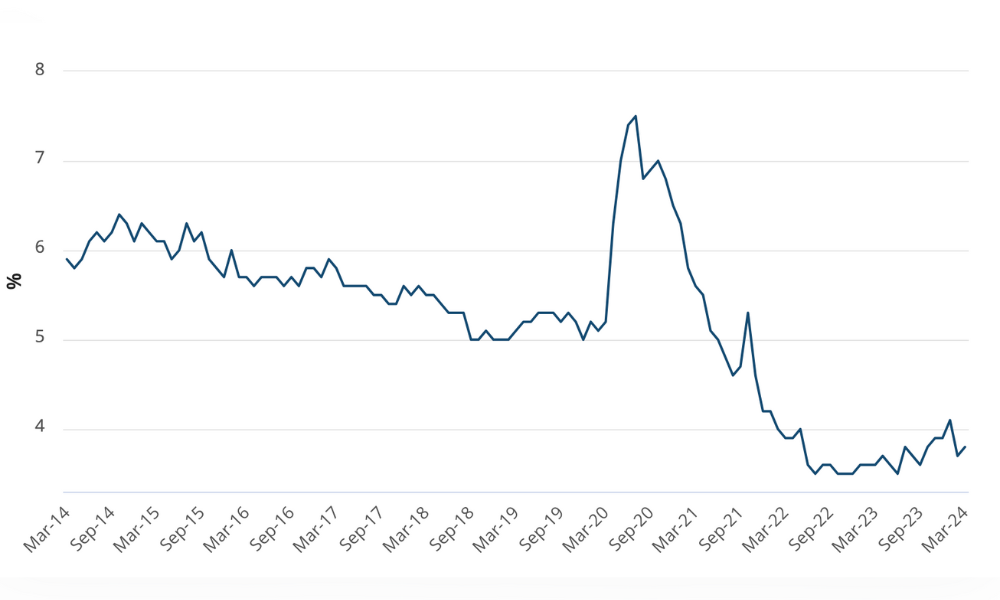There’s few things in a quiet office environment more irritating than a colleague with an annoying or shrill voice disrupting the work flow – but could a loud voice actually damage a worker’s hearing? One government employee says yes.
A bureaucrat in Sydney's Garden Island Naval base has been unsuccessful in his claim to the Commonwealth workplace insurer Comcare, to receive compensation for hearing damage and mental health problems sustained at work.
The worker, William Red, claimed that his neighbouring colleague’s piercingly loud voice left him with permanent hearing loss as well as mental health issues. The former naval base official said his colleague “shrieked, cackled and chortled” while on the phone at their office at volumes exceeding nightclub music levels (100 decibels).
Red moved to another workplace following a complaint against the same colleague, and following an initial claim put to Comcare, launched an appeal with the Administrative Appeals Tribunal – his bid for compensation for acoustic trauma, acoustic shock and anxiety sustained between 2007 and 2010 was again unsuccessful.
In evidence presented to the tribunal, the trouble between the pair began soon after Red commenced employment at the naval base, whereby Red and three colleagues occupied partitioned offices in the Garden Island building that had high ceilings and poor acoustics – the accused colleague worked at a desk in a large open area.
According to Red's evidence, his tinnitus, a ringing in the ears, was caused by the noise made by the colleague during the years spent in that office. However, medical evidence was accepted by the tribunal, that it was more likely that the worker’s hearing difficulties, which are not disputed, were caused by noise exposure before he commenced working in the public service.
Anne Britton, a tribunal senior member, along with member William Isles did not accept that the worker had been exposed to vocal noise levels exceeding Safe Work Australia's Exposure Standards. “We think it improbable that Mr Red was exposed to noise levels of 100 dB or higher,” they wrote. The claim that Red’s mental health issues were exacerbated by management’s handling of the dispute was also rejected.
According to Comcare, under Part 4 of the Work Health and Safety Regulations 2011 (WHS Regulations) the legal requirements for noise in the workplace specify the exposure standards for noise. Regulation 56 describes the exposure standard for noise as:
- an eight-hour-equivalent continuous A-weighted sound pressure level, LAeq.8h, of 85 dB(A) referenced to 20 micropascals, or
- a C-weighted peak sound pressure level Lc, peak of 140 dB.
Essentially, this means workers exposed to continuous noise at 85 dB(A) are at risk of receiving hearing damage after eight hours of exposure. However, if the noise level is under 85 dB(A), or if the exposure time is shorter than eight hours, hearing damage is unlikely to occur.
Exposure to noise in excess of 140 dB may cause almost instantaneous hearing damage, so 140 dB is the highest level of noise to which people can be exposed in the workplace and, even then, only as a peak sound.
PCBUs and workers should see the Work Health and Safety Codes of Practice 2011 on ‘Managing noise and preventing hearing loss’ and ‘How to manage work health and safety risks’.
For more information and FAQs, click here.








